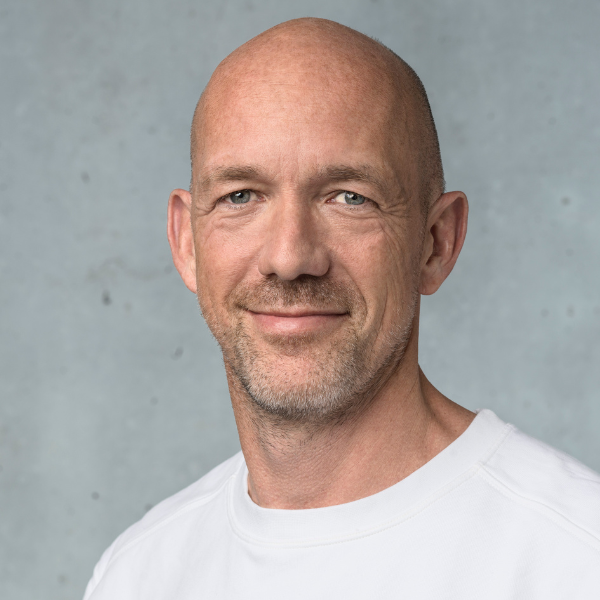Strava executive chairman Mark Gainey and his co-founder Mike Horvath came up with the idea for Stava in the mid-1990s, but weren’t able to make their vision a reality until 2009, when mobile and GPS technology reached an inflection point. In the meantime, they built Kana Communications into a business that earned a valuation of more than $10 billion. When they returned to the “virtual lockerroom” idea that became Strava, they made a crucial decision: They would focus their go-to-market strategy on passionate road cyclists, and build a fierce loyalty with that group before expanding to other sports categories. Gainey explains four core aspect of Strava’s “inch wide, mile deep” approach to engaging early customers.
Related

Alexandra Zatarain,
Eight Sleep
Getting to Product-Market Fit [Entire Talk]
Product-market fit is a journey. Knowing your audience and mission will help you on your way.
Video
50 minutes
Alexandra Zatarain,
Eight Sleep
Getting to Product-Market Fit [Entire Talk]
Product-market fit is a journey. Knowing your audience and mission will help you on your way.

Maria Barrera,
Clayful
Mental Health Tech, Mentally Healthy Startups [Entire Talk]
Startups can address important mental health problems, but maintaining mental health in startup culture is challenging.
Video
49 minutes
Maria Barrera,
Clayful
Mental Health Tech, Mentally Healthy Startups [Entire Talk]
Startups can address important mental health problems, but maintaining mental health in startup culture is challenging.

David Allemann,
On
Exploration in Sports Technology [Entire Talk]
Taking a risk on an innovative idea can be the spark of a global company.
Video
50 minutes
David Allemann,
On
Exploration in Sports Technology [Entire Talk]
Taking a risk on an innovative idea can be the spark of a global company.



